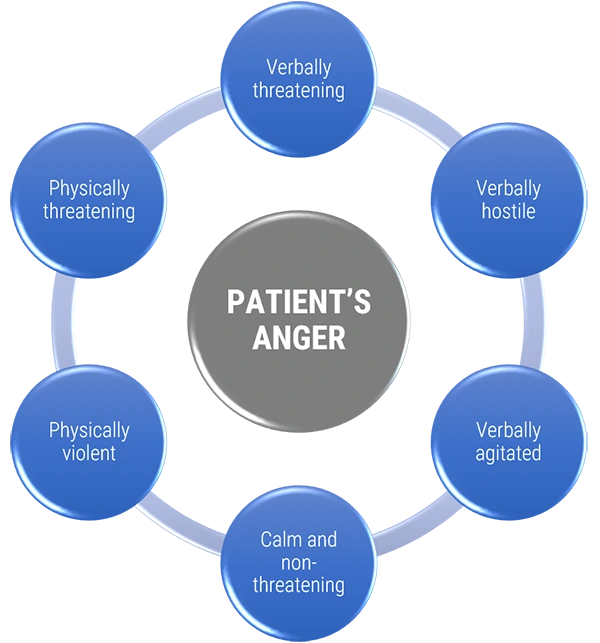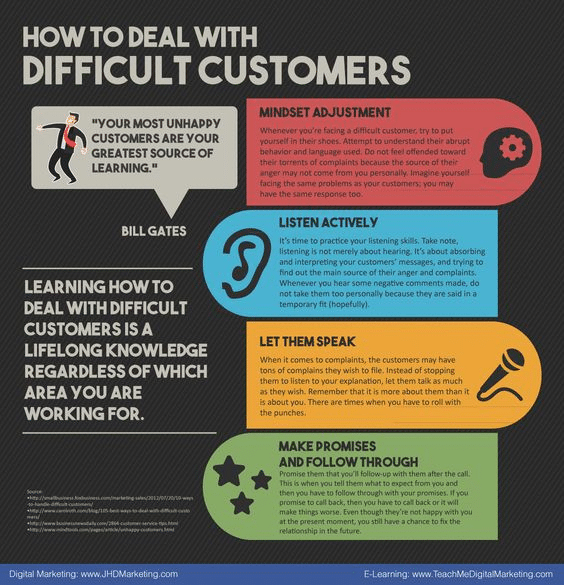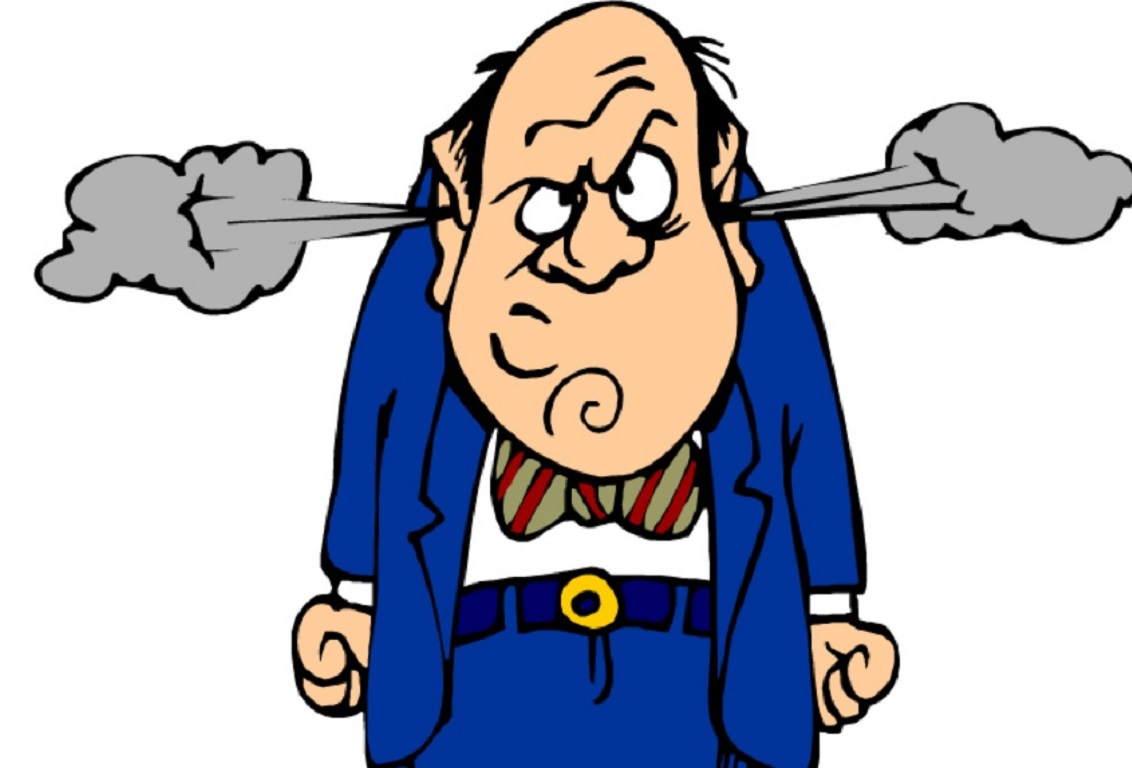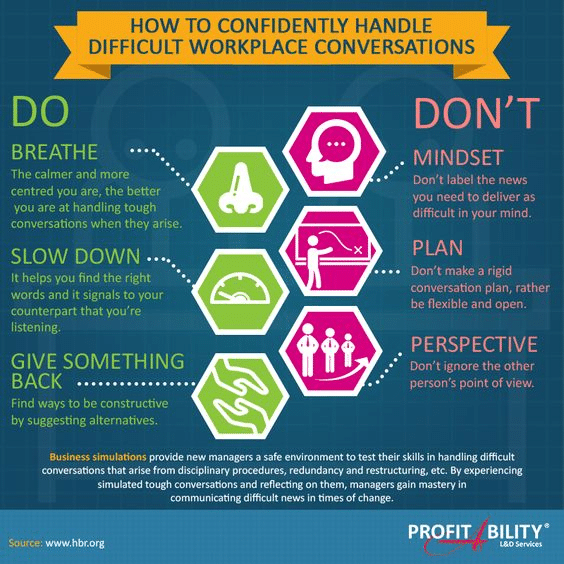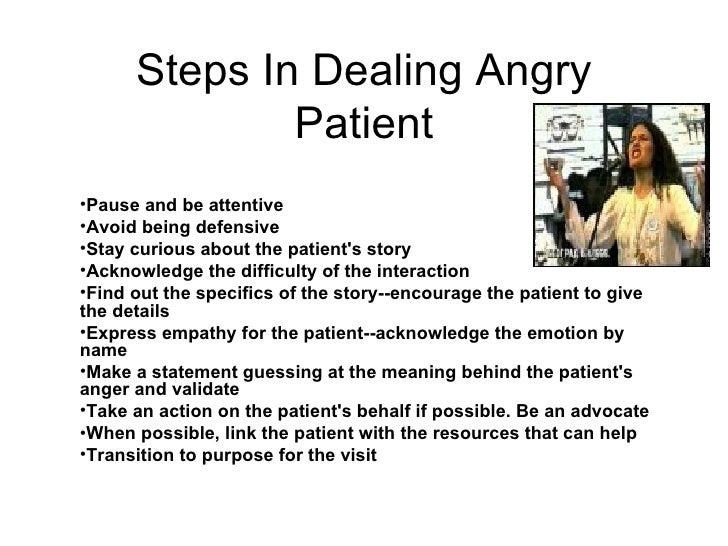Painstaking Lessons Of Info About How To Deal With An Angry Patient

Get regular exercise.
How to deal with an angry patient. You can also read a patient’s body language to anticipate anger. Cfa confirmed that the evaluation of the ability of nurses to communicate with angry patients includes four main aspects, namely anger perception, exploration of. Learning to deal with angry.
Keep a safe distance—neither too close nor too far stay cool, calm, and composed correctly acknowledge the emotion that the patient is projecting. That's because even the calmest and. A physician walks into the exam room and the patient says, i can't believe you made me wait this long! the patient's arms are crossed and.
Review and update your practice’s patient behaviour. Remind the person that anger is a normal response to frustration,. Abstract just about every member of the medical practice team will be, at one time or another, on the receiving end of a patient's anger.
Examine the situation from the patient’s perspective — the patient’s perception of a situation is their reality, so put yourself in the patient’s shoes to. Recognise that you may not. Ms davies leads the team that cancels and.
Sympathize with what the patient has told you, and how he/she feels: How would you like me to. Respond to the patient’s anger with your anger:
I am so sorry that is happening to you. 4. Give yourself short breaks during times of the day that tend to be stressful.
Ask what the patient wants you to do if he or she gets out of control. Empathize with him, saying something like, i understand how upsetting this must be for you. be sure, however, to calmly explain the consequences of his refusal. A few moments of quiet time might help you feel better prepared to handle what's ahead.
Fault the patient for the situation or be. How to respond to upset or angry patients 1. Get their input for a solution:
Even smaller hints may be early warning flags and deserve extra attention. A 2019 study suggests regular physical activity can help a person manage emotions, reduce tension, and relieve stress.
You’re actually decreasing that elevation,” martin said. Ensure your staff are protected there are various strategies you can use to protect your team. Clenched jaws and muscles, visible agitation, and sudden changes in behavior can all signal that a.

